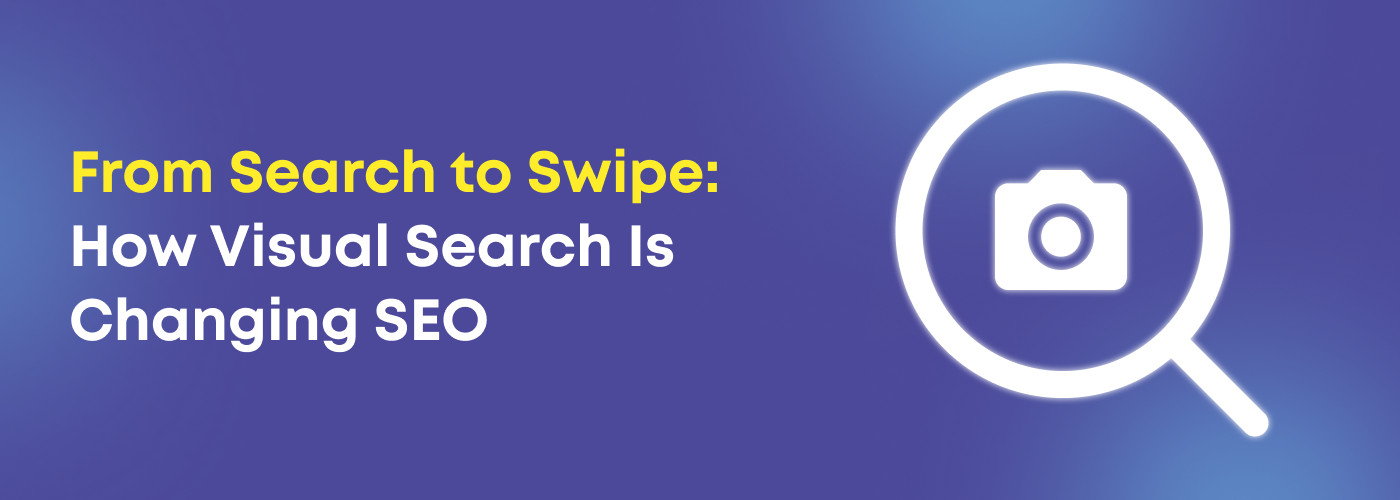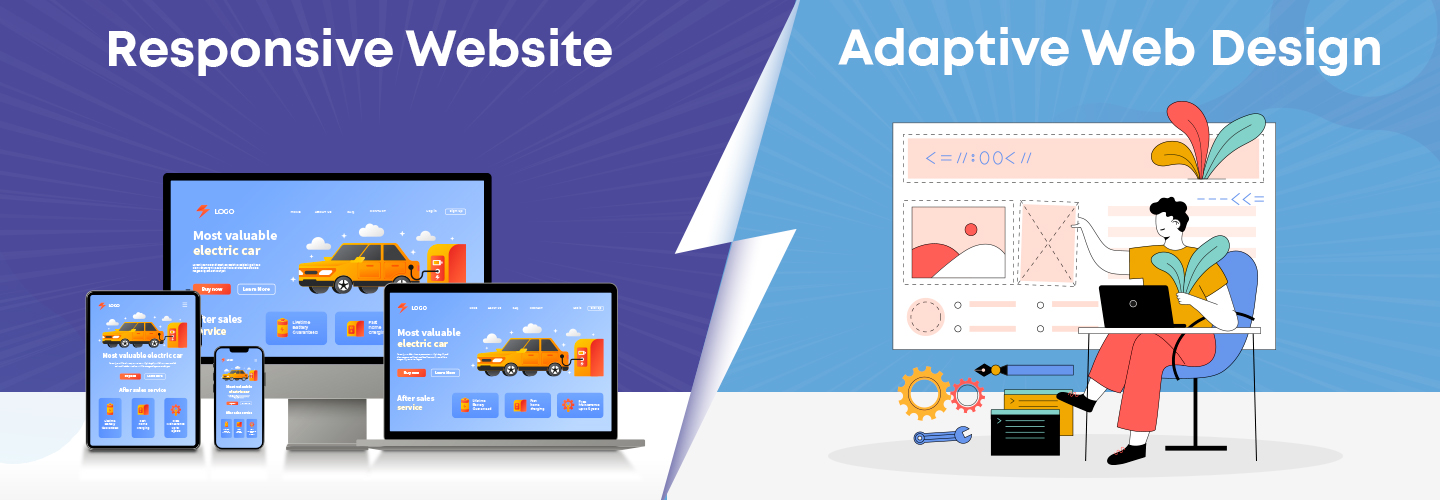January 29, 2025
From Search to Swipe: How Visual Search Is Changing SEO
In the big year of 2025, search is no longer just about typing keywords, it’s about snapping, swiping, and scanning. With the rise of visual search, Users are now exploring the web with images instead of words. Whether it's taking a shot of a product to discover the brand or using an app to identify a flower, visual search is reshaping the way people engage with content and it's revolutionizing the future of SEO.
What Is Visual Search?
Visual search enables users to search for information with images instead of text. Applications such as Google Lens, Pinterest Lens, and Snapchat Camera Search enable users to take pictures or upload screenshots to discover similar products, content, or places. And it's picking up speed quickly particularly among younger users who like getting immediate, image-based results instead of typing out long queries.
The Rise of Visual Search in 2025
The adoption of visual search is accelerating. Recent studies highlight this trend:
● 62% of Gen Z and Millennials want more visual search functionality
● According to Pinterest, Visual search usage on its platform is growing year after year, particularly for home decor and fashion.
● Retailers using visual search can anticipate higher conversion rates, as customers searching by image tend to have high purchase intent.
To sum it up, People love visuals and search engines are listening.
How Visual Search Is Reshaping SEO
1. Prioritizing Image SEO
You can no longer treat images as mere design elements. In a visual-first web, every image is an opportunity to rank.
● Use high-resolution photos.
● Use clear and descriptive file names.
● Add alt text that describes the contents of the image.
● Make sure that images are optimized for mobile use and have a quick loading time.
This information helps search engines understand your images, allowing them to appear in visual search results.
2. Schema Markup for Images
Structured data (schema) enhances your content with additional layers of meaning. Using image Object, Product, or Recipe schemas provides search engines with additional context. This raises the chances of appearing in rich results, such as carousels or Google Lens matches.
3. Visual-First Platforms Are Growing
Platforms such as Instagram, Pinterest, and TikTok serve not only as social networks but also as visual search engines. Users find brands by swiping through content and tapping on eye-catching posts. If you’re not sharing visually appealing, search-optimized content, you're missing out.
4. AI-Powered Recognition
Due to advancements in AI and machine learning, search engines can now understand objects, colours, and even textures within images. This shows that accuracy is rising, as is competition. It is important to ensure that your images clearly display the actual features of your product.
5. The Role of AR and Visual Commerce
Visual search is merging with augmented reality. Apps such as IKEA Place allow users to see how furniture would look in their home. Google is developing multi-search features that combine text and images to improve result accuracy. These innovations are driving a transformation towards more interactive and intuitive search experiences.
How to Prepare Your Website for Visual Search
● Audit all images on your site by removing low quality ones.
● Add descriptive alt tags and meaningful file names.
● Compress images to keep the speed up without compromising quality
● Use structured data markup where relevant.
● Regularly check the performance of your images in Google Images and Lens.
● Post content on visual-first platforms (Pinterest, Instagram) that includes clear CTAs.
Final Thoughts
As search becomes more visual, businesses that put effort into image SEO and visual narrative will win. Optimizing for words alone? That's no longer enough, your images need to work just as hard. By making the switch early, you can meet people where they are, scrolling through a screen, camera in hand, ready to discover.
Visual search is here. Are you ready to be found?
The Future Is Visual: SEO FAQs You Need to Know
1. What is visual search in SEO?
Answer: Visual search allows users to search using images instead of text. Platforms like Google Lens, Pinterest Lens, and Bing Visual Search use AI to analyze images and return similar content or related products, making SEO more image-focused.
2. How does visual search impact traditional SEO strategies?
Answer: Visual search prioritizes image quality, relevance, and metadata. Traditional SEO must now include optimized alt text, image titles, structured data, and high-resolution visuals to ensure visibility in visual search results.
3. What platforms support visual search technology?
Answer: Major platforms include Google Lens, Pinterest, Amazon, Bing Visual Search, and e-commerce apps. Each uses machine learning to interpret uploaded images and provide matching results or product listings.
4. How can businesses optimize for visual search?
Answer: To optimize for visual search, businesses should use:
- High-quality, relevant images
- Descriptive file names
- Proper alt tags
- Structured data markup
- Mobile-friendly image formats
This improves visibility in visual search engines.
5. Why is visual search important for e-commerce SEO?
Answer: Visual search shortens the buyer journey by connecting users directly to products based on images. For e-commerce, this means better product discovery, higher conversions, and improved ROI from visual content.
6. Will visual search replace text-based search?
Answer: Not entirely. Visual search complements text-based search. While it's growing rapidly in shopping and discovery-based queries, text search still dominates for informational and complex intent queries.



Comments
No comments yet. Be the first to comment!